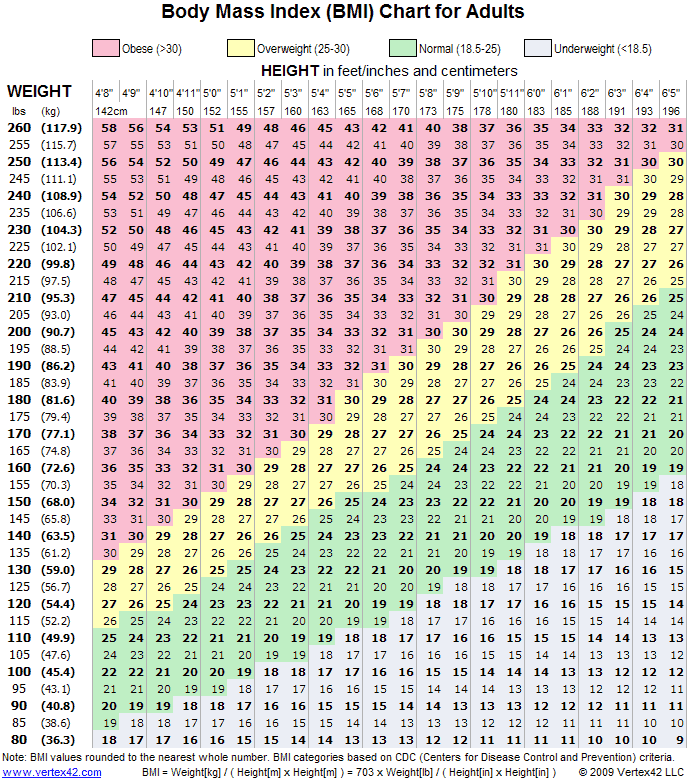Body Mass Index Value
Jump to navigation
Jump to search
A Body Mass Index Value is an index value produced by a BMI measure.
- Context:
- It can range from being a Underweight BMI, to being a Normal-Weight BMI to being an Overweight BMI to being an Obese BMI.
- It can range from being a Healthy BMI Range to being an Unhealthy BMI Range.
- …
- Example(s):
- a 6 foot person of 180lbs has a BMI of 24.4.
- a 50-Year Old Person's Healthy BMI Range is between 20 and 26 (Hughes, 2013).
- …
- Counter-Example(s):
- See: Overweight Human, Normal-Weight Human, Underweight Human, Obese Human, Adipose Tissue, Overweight, Malnutrition, Eating Disorder.
References
2018
2017
2015
- (Wikipedia, 2015) ⇒ http://en.wikipedia.org/wiki/body_mass_index#Categories Retrieved:2015-11-17.
- A frequent use of the BMI is to assess how much an individual's body weight departs from what is normal or desirable for a person's height. The weight excess or deficiency may, in part, be accounted for by body fat (adipose tissue) although other factors such as muscularity also affect BMI significantly (see discussion below and overweight).
The WHO regards a BMI of less than 18.5 as underweight and may indicate malnutrition, an eating disorder, or other health problems, while a BMI equal to or greater than 25 is considered overweight and above 30 is considered obese. These ranges of BMI values are valid only as statistical categories.
- A frequent use of the BMI is to assess how much an individual's body weight departs from what is normal or desirable for a person's height. The weight excess or deficiency may, in part, be accounted for by body fat (adipose tissue) although other factors such as muscularity also affect BMI significantly (see discussion below and overweight).


